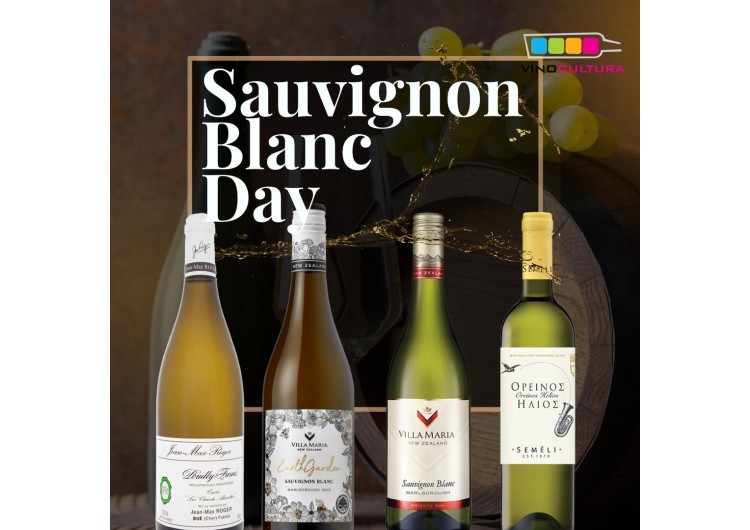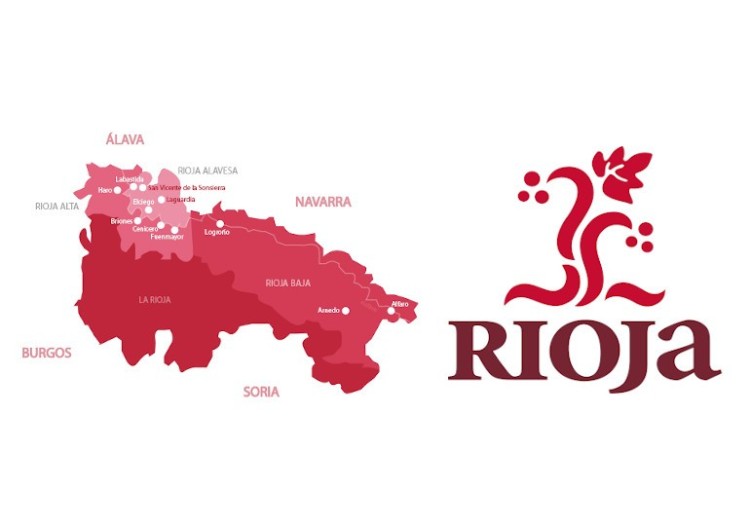Sauvignon Blanc
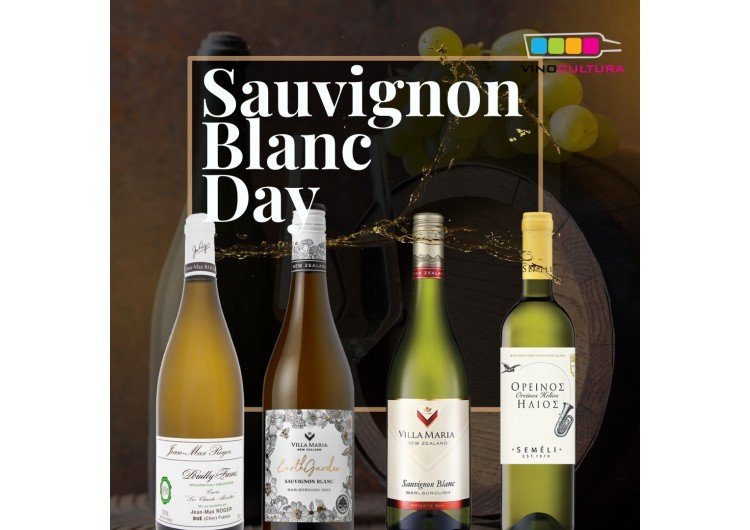
Happy International Sauvignon Blanc day! Every 1st Friday of the month of May we celebrate the Sauvignon Blanc grape variety loved by millions all around the world. Some styles have been adored for centuries, some new expressions took the world by storm decades ago, and almost every winemaking country has its own version Sauvignon Blanc. Let's consider the grape's history briefly and go through the styles Vino Cultura has to offer to celebrate this day in style!
Sauvignon Blanc is at least 500 years old and is the child grape of a rare French variety called Savagnin (the other parent grape is still unknown). We can find the Savagnin variety predominantly in the Jura region nowadays as it's still cultivated in the Eastern part of France.
The name comes from the French word Sauvage ("wild") and it originates from the Loire Valley. Although it's a white grape, Sauvignon Blanc is actually a parent grape of Cabernet Sauvignon (alongside Cabernet Franc).
Many tasting notes mention similar things in connection with Sauvignon Blanc like "fresh cut grass, cat's pee on a gooseberry bush, unripe peach, stonefruit, lemon pith, candid lemon, lemongrass, unripe passion fruit" and so on. To understand the main flavour characteristic of the grape, we have to mention pyrazines, which are present in many "Cabernet family" members, and it can be easily spotted in Sauvignon Blanc wines.
Pyrazines are chemical compounds (technically called methoxypyrazines) found in grape skin and stems that are responsible for many “green” flavours in wine. Levels of pyrazines are dependent on viticultural practices, climate, and grape variety. Pyrazines are most often found in Bordeaux grape varieties: Cabernet Sauvignon, Cabernet Franc, Merlot, Malbec and Carmenere. Though you may think of “green” flavors as belonging to white wines, Sauvignon Blanc is the only white wine in this “Cabernet family” group.
Of course, winemaking techniques can impact the characteristics, but the dominant style is the unoaked Sauvignon Blanc (sometimes with lees ageing), and we can also find amazing oak aged wines.
Let's see what are the main regional differences and what you can expect from certain Sauvignon Blancs taken from the Vino Cultura cellar!
Loire Valley Sauvignon Blanc
The two main appellations are Sancerre and Puilly-Fumé and our 'Wine Talk' covered the subject earlier, and you can find a full article here: https://vinocultura.net/blog/sancerre-or-pouilly-fume-do-you-know-the-differences-b16.html
In general the Loire style is a lean expression of the grape, which delivers mostly unripe stone fruit, fresh gooseberry, lemon, lime and grapefruit accompanied with chalky minerality and a hint of fresh cut grass. High, refreshing acidity, lots of citrus fruits and light to medium body with a salty mineral finish. In case of Puilly-Fumé, lees ageing adds some extra complexity in texture and in flavour such as white peach and red apple with a touch of flinty gunpowder tea in the aftertaste.
Try our Sancerre 'Cuvée Les Caillottes', 'Cuvée Genése', 'Vielles Vignes' or the Puilly-Fumé 'Cuvée Les Alouette' from the iconic producer Jean-Max Roger!
Bordeaux Sauvignon Blanc
In the iconic region of Bordeaux high-end wines come primarily from Pessac-Leognan and offer up flavours of kiwi, lemon curd, lemongrass, candid or honeyed grapefruit with a subtle spicy, nutty-creamy texture from oak-ageing. These wines are mostly blended with Semillon and they are really ageworthy. We can also find light, unoaked, refreshing, simple styles in the Entre-Deux-Mers geographical region of Bordeaux.
Try Château Larrivet Haut-Brion Blanc to get familiar with this beautiful style!
Italian Sauvignon Blanc
As an international variety, Sauvignon Blanc has amazing version coming from Italy, mainly the Northern part of the country (for example Friuli-Venezia Giulia, Alto Adige and Emilia-Romagna). These offer lots of freshness, crisp acidity with ripe gooseberry and grassy notes.
Try Elena Walch Sauvignon Blanc and you will taste one of the bests from Alto Adige!
New Zealand
Modern viticulture in New Zealand's most famous region, Marlborough started in the 1970s, when a winery called Montana (known as Brancott today) released its first Sauvignon Blanc in 1979 and received massive success locally before being exported to the UK. By the mid 80s the unique NZ-style of Sauvignon Blanc started to conquer the wine world as people loved the medium-bodied wines full of tropical flavours.
Sauvignon Blanc's wide-ranging flavour profile in New Zealand is predominantly created by a combination of methoxypyrazines (see above) and thiols. Occurring naturally in Sauvignon Blanc, these two compounds are especially prolific under Marlborough's growing conditions. Methoxypyrazines contribute the green flavours of fresh cut grass, unripe stone fruits and other vegetal characters while thiols impart the notes of tropical fruits like melon, grapefruit, kiwi, papaya, mango and passion fruit. To create multi-dimensional wines, major brands create blends from wines containing both methoxypyrazine notes and thiol flavours (so this may mean combining wines from the region's different sub-regions or batches harvested at different stage of ripeness).
Try 'Private Bin', 'Reserve', 'Earth Garden', the single vineyard 'Taylor's Pass' or the 'Blush' (with a touch of Merlot) from the mighty Villa Maria, but you can choose the Esk Valley Sauvignon Blanc (also belongs to Villa Maria) to experience the unique style of New Zealand!
Chile
Until the end of the 1980s, Chilean white wines lagged far behind the reds in term of popularity and production. Chardonnay was the first cultivar to be planted, producing an ocean of Chardonnay wines designed to satisfy the global thirst for a varietal which flooded the market in the 1990s. Sauvignon was the second grape variety to be planted, marking the start of some serious change which was building on the success that the grape was having in New Zealand.
Most of the best Sauvignon Blanc vineyards lie in the 'Costa areas' of Chile which are the cool valleys close to the ocean. The Chilean style has also great acidity and it shows more herbaceous notes often with green leafy aromas, but the primary flavours are fresh grass, tomato leaves, lime peel and lime juice, green banana with clear, mineral salinity.
Try Casa Silva 'Cool Coast' or Emiliana 'Adobe' Sauvignon Blancs and have a sip of 'coastal freshness' of Chile!
Apart from the countries mentioned above, you can find Sauvignon Blanc elsewhere in the world including of course the USA, South Africa, Australia, Central Europe, Greece and Cyprus as well. You can find a local blend of Semillon-Sauvignon Blanc from Zambartas Winery in Vino Cultura cava.
Enjoy the Sauvignon Blanc day with a nice, chilled glass of freshness and let us know, which style do you prefer the most!


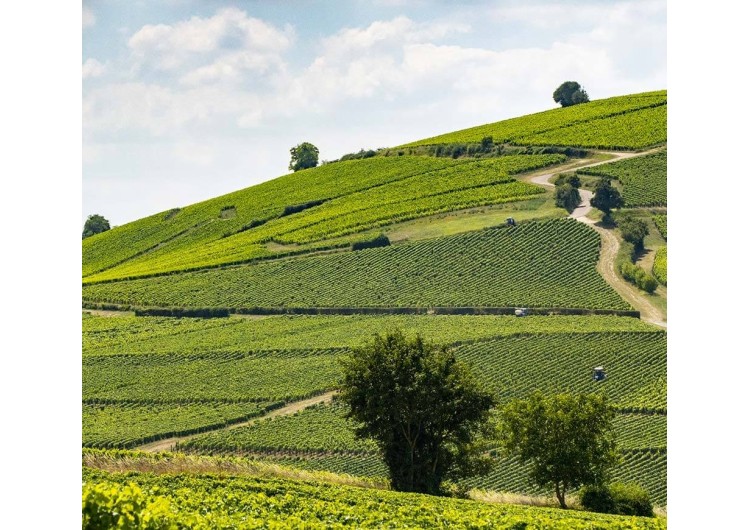
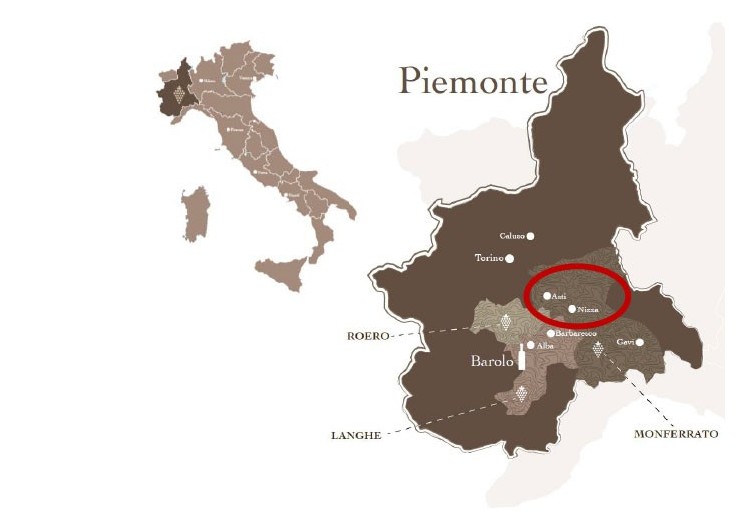
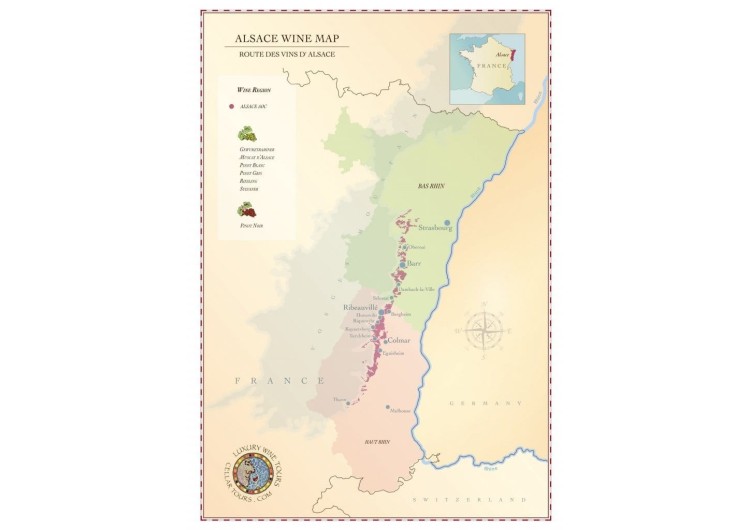
.jpg)
